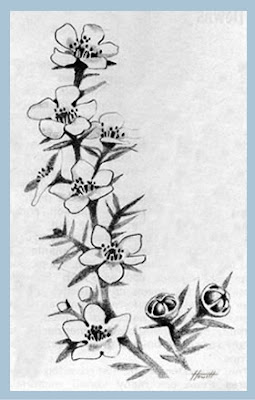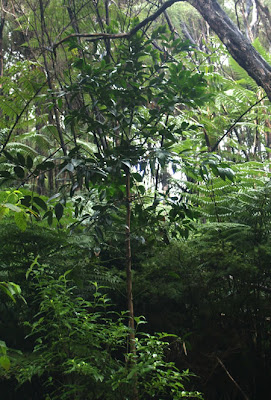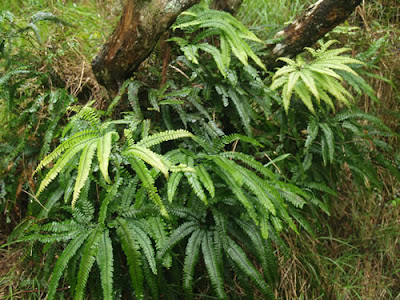Most people hate gorse, and having dealt with it on this property for over 40 years since my parents bought the place, so do I. Amazing how this plant, imported to form neat hedges in the early days of colonization, went rampant and took over the countryside. Or maybe forseeable, if only people had thought of the very different climatic conditions here, when they brought the plant in.
Gorse is pretty indestructible, because of the viability of its seed. On the good side, it has a very deep root system and being of the lupin family, it does have nutriment to add to the soil in the form of nitrogen and other goodies no doubt. On the bad side, you can slash it to the ground and it will cheerfully grow again.
It does have the advantage in that it makes a great nursery system for native plant seedlings growing underneath it. Its other advantage is that without direct sunlight, it dies out. So voila - we have a useful succession process, which of course is not instant (but then nature is NOT an instant fix).
Most often, the first seedlings to sprout under the gorse are kanuka (Leptospermum ericoides) and manuka (Leptospermum scoparium) - often referred to as "scrub" by those who unfortunately know no better.

Kanuka especially grows to a good height and in time overtops the gorse, which dies out, leaving a great shady coppice for the regeneration of larger native trees.
It's a great system, and all it requires is a little patience. Just think - you can even be rearing up some seedlings of other native trees ready to plant under there, once the gorse starts thinning out.
Patricia
Photos:
Some of my regenerating forest.



